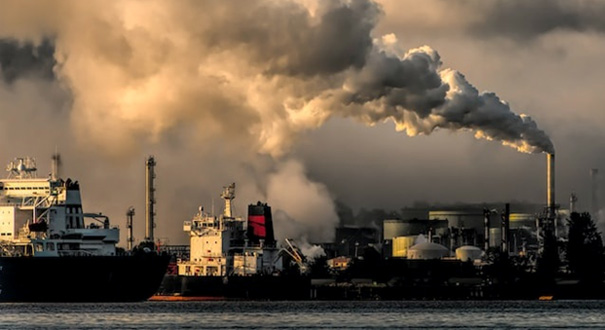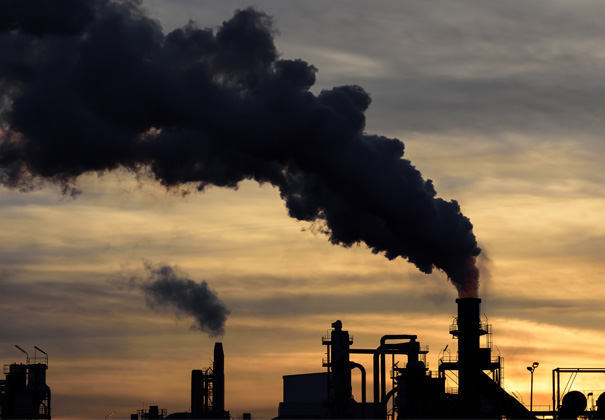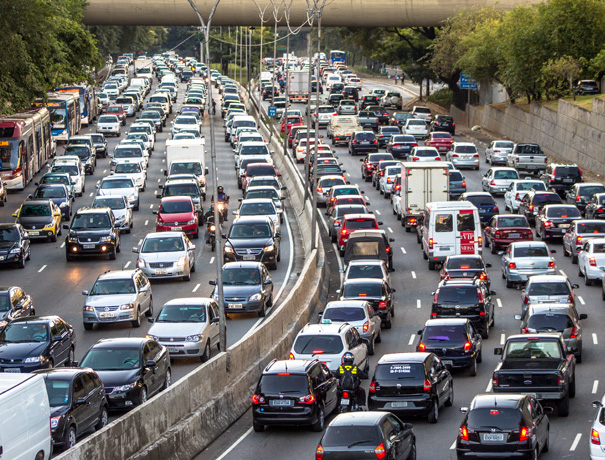CO2 (carbon dioxide) is one of the greenhouses gases that adds to the greenhouse effect. CO2 comes from burning fossil fuels, wildfires, and natural processes such as volcanos.
While CO2 contributes to greenhouse gases, it is still very important to humans and animals. That is because CO2 contains 1 carbon 2 oxygen molecules. It is what plants need to live. In the process of plants growing it helps form carbohydrates that human and animals need as food. Without some CO2 the planet would die.
But, since the industrial revolution the CO2 levels have risen dramatically. That rise is why we need to reduce the emissions of our production plants, offices, schools, etc.


• China
• Russia
• India
• Germany
• UK
• US
What are the solutions to reduce CO2 levels?
Many industries use fossil fuels to heat their buildings and run processes of production. Schools, retail stores, and offices also use fossil fuels for heat.
To make meaningful reductions in CO2 you first need to measure your carbon footprint. Your carbon footprint can be gauged by undertaking a greenhouse gas emissions calculation.
There have been many innovations in the area of green energy and electric cars recently. Including the way that green energy is stored.
One such innovation is the $504.4 million loan guarantee for Advanced Clean Energy Storage facility in Delta, Utah. Advanced Clean Energy Storage is a clean hydrogen and energy storage resource able of delivering long-term, seasonal energy storage. It will combine 220 megawatts of alkaline electrolysis with two gigantic 4.5 million barrel salt caves to store clean hydrogen.
Industries can switch their fleet of vehicles to electric vehicles which will reduce the emissions of fossil fuels. Reducing the amount of energy used by upgrading machinery and installing energy management systems in buildings site wide can also reduce the CO2 emissions.
You can use or create energy during off-peak hours. Using thermal storage to save that power for on-peak times to power the plant can help reduce their CO2 emissions as well.
Ask employees to carpool, take public transportation, even ride a bicycle to work, and telecommuting can add up and have a great effect of the CO2. Reward those employees for doing so.
Planting trees and plants, placing solar panels are good alternatives to fossil fuels to set your carbon offset. Upgrade your buildings to be more energy efficient is another great way to offset your CO2.

Why do all this you wonder? Reducing the CO2 that man contributes to the greenhouse gases will have a huge impact on saving the planet. It can reduce flooding, wildfires, hurricanes, tornados, and drought. It will also reduce food shortages from drought and soil erosion.
We all have to do our part to save the planet and life on it before it is too late if we want our children and grandchildren to inherit a planet that they can live on safely.